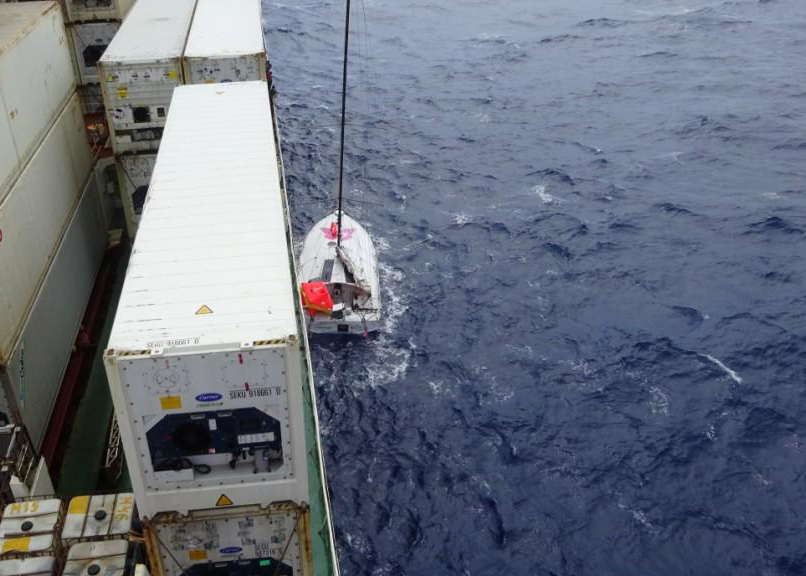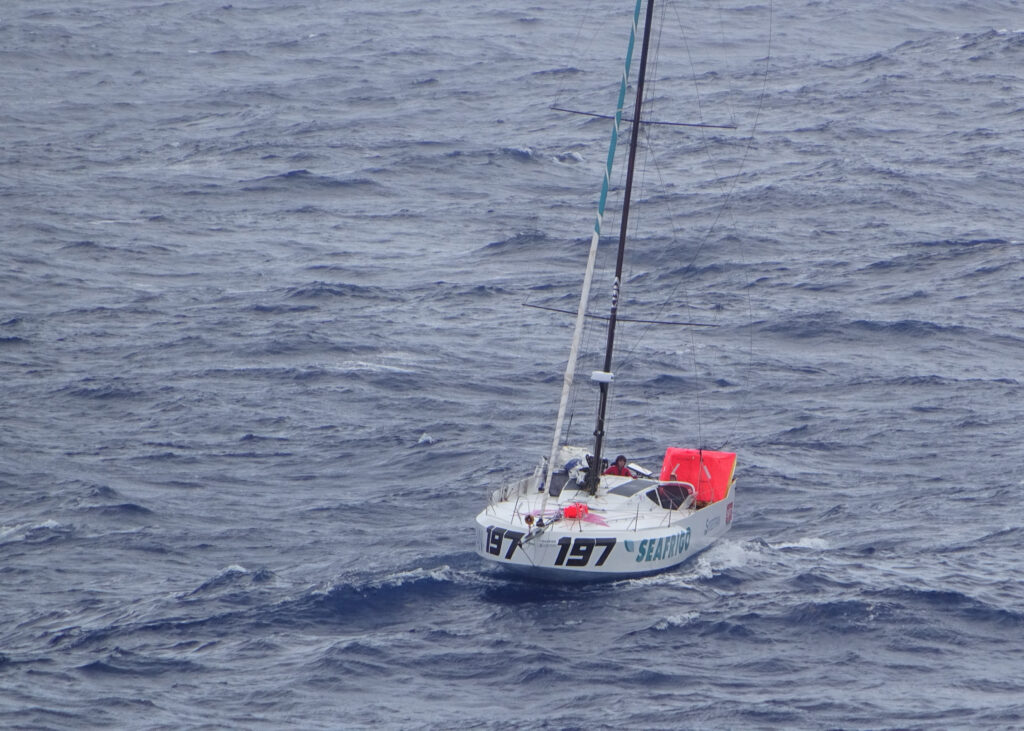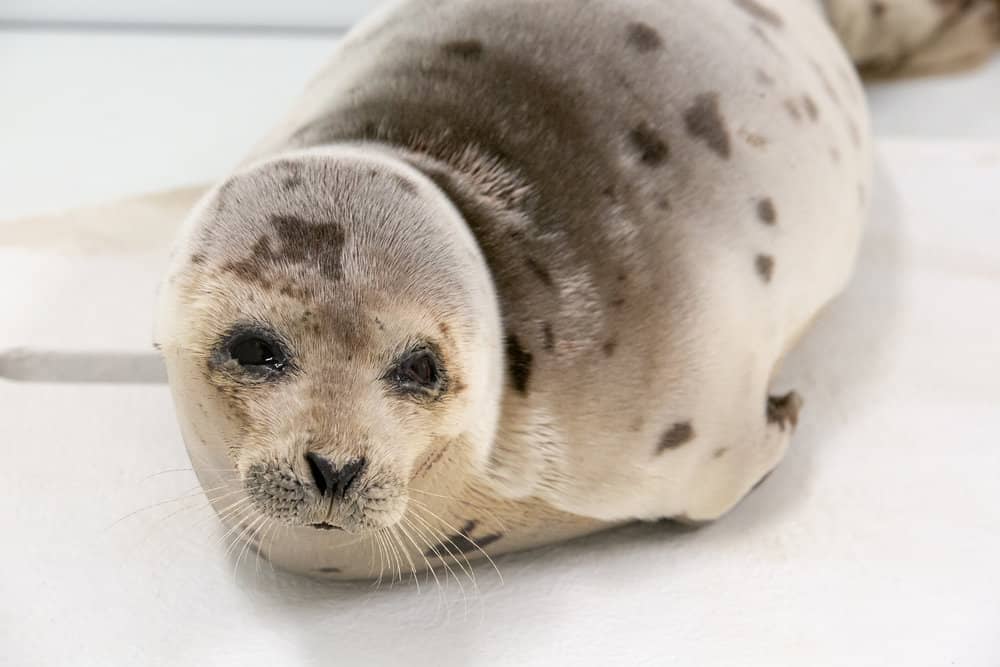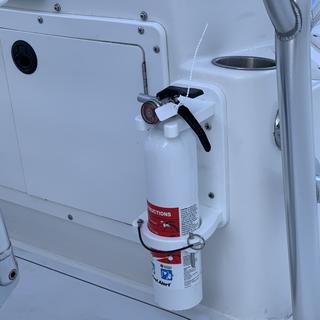The crew of a 39-foot racing boat went from lucky—to unlucky—to lucky again—when they won the Caribbean 600 offshore race, got struck by lightning returning home to France, and were ultimately rescued thanks to a good Samaritan ship and a mid-Atlantic Coast Guard crew that flew a very long way.
The incredible rescue story began with the Royal Ocean Racing Club’s RORC Caribbean 600, a race in its 15th year with a nonstop 600-mile course that starts and finishes in Antigua, weaving around 11 Caribbean islands on the way.
The Class40 Sogestran Seafrigo LOHR One finished first in its division during the February race. But when the crew attempted to sail from Guadeloupe to their home country of France, things took a turn for the worse. The LOHR One was struck by lightning, which caused a hole in the boat and they began taking on water.
The crew activated their emergency position indicating radio beacon (EPIRB) around 6 p.m. Sunday.
It transmitted to watchstanders at the U.S. Coast Guard Fifth District. The Fifth District covers an area from New Jersey to South Carolina, including the entire Chesapeake Bay region. The district responds to maritime incidents over a massive 156,000 square miles of ocean, bays, rivers, wetlands and tidal marshes.
In this case, the Fifth District had to respond to a sinking sailboat 1,726 miles east of Bermuda.
First, the Coast Guard alerted mariners in the area to be on the lookout for the racing boat. Next, using a tool called Automated Mutual-Assistance Vessel Rescue (AMVER), they identified a 505-foot ship in the area.

The Coast Guard launched HC-130 Hercules airplane crew from Air Station Elizabeth City, North Carolina. The plane reached the stranded sailors at 4:45 a.m. Monday. The crew made contact with the sailors and also directed the ship in the area, Frio Ionian, toward the sinking sailboat.
The massive ship reached the sailors at 10 a.m. Monday and safely took aboard two men, 20 and 24 years old. Thankfully, the two had no injuries to report.
Just to reach the sailors, the Air Station Elizabeth City crew had to put in some serious miles.
“This rescue was quite a distance from land and the successful rescue of two mariners was only possible because of the crew of the Frio Ionian’s participation in the AMVER program,” said Petty Officer 1st Class Starr Franklin, a watchstander with the Fifth District command center.
Franklin emphasized mariners’ use of AMVER as a life-saving tool. Without it in this case, help may have taken far too long to reach the sailors. “To put the distance from shore in perspective, the mariners were roughly the same as if you drove from Portsmouth, Virginia to Odessa, Texas, near the Texas-New Mexico border.”



